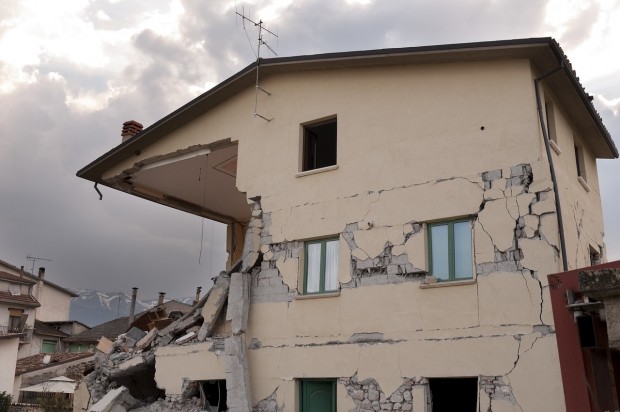On New Year's day, Japan experienced a 7.6 magnitude earthquake that inflicted significant damage to roads, buildings, and residences, resulting in 48 casualties. Tsunami warnings were also triggered by the earthquake, which caused people to spend the night in shelters.

Damages Caused By the 7.6 Magnitude Earthquake in Japan
On Monday afternoon, Jan. 1, the Noto Peninsula in Ishikawa Prefecture was struck by a powerful earthquake that triggered tsunami alerts. The earthquake's intensity was classified as the highest level, 7, on Japan's Shindo intensity scale. It happened on New Year's Day, when families typically gather at home and numerous stores are closed.
The earthquake triggered landslides and the collapse of multiple buildings and prompted a tsunami warning along the entire west coast of Japan. This calamity led to a minimum of 48 reported deaths.
Aftershocks caused debris on roads and damaged roadways as they scrambled to locate survivors. On Tuesday morning, Jan. 2, footage showed a seven-story structure toppling over sideways and flames billowing in a central section of Wajima, which is located in Ishikawa Prefecture and famous for its morning market.
Social media posts showed Ishikawa's houses, automobiles, and bridges violently swaying as horrified locals sought refuge in shops and train stations. Aside from the collapse of homes and the appearance of enormous gaps in highways, landslides also occurred in some areas.
On the other hand, on the Noto peninsula in Ishikawa prefecture, a rescue team consisting of 3,000 individuals, including members of the armed forces, firefighters, and police officers, has been dispatched to the location where the earthquake occurred.
On Tuesday, Jan. 2, the Prime Minister of Japan, Fumio Kishida, announced during an emergency meeting that the search and rescue of individuals affected by the earthquake is a war against time.
According to Kishida, the situation was exceedingly challenging. He asserted that the northernmost tip of the Noto peninsula, where helicopter scans detected numerous fires and severe destruction of buildings and infrastructure, was extremely difficult for rescue workers and approximately 120 cases of persons are now waiting to be rescued.
Additionally, many rail services and planes have been suspended in the region. Breaches in the runway and access road and damage to the terminal building caused the airport in Noto to close, leaving over 500 people stuck there.
Also Read: US Crude Steel Production Soars, Surpassing Last Year's Output
Tsunami Warning Triggered by The Earthquake
An estimated depth of 16 kilometers was recorded for the recent earthquake, which had its center located approximately 30 kilometers east-northeast of Wajima. In response to the earthquake, a tsunami warning was issued, and it is anticipated that waves of up to five meters in height might strike.
Even though the waves are not likely to become stronger, the Meteorological Agency stated on Tuesday, Jan. 2, that sea-level shifts are still being recorded. They urged individuals living in regions under alerts for tsunamis to stay away from engaging in activities involving the ocean. Shortly after, the major warning was reduced to a warning and then elevated to an advisory. Thus, the neighboring areas of Niigata and Toyama were also on high alert.
Related Article: Former Printing Center Transforms into a Disaster Relief Transportation Hub







